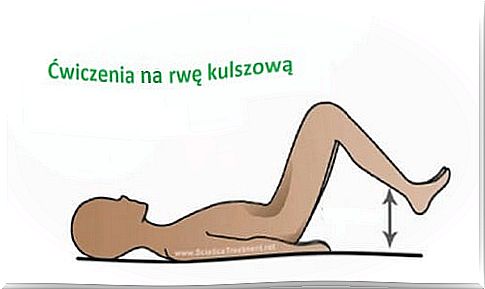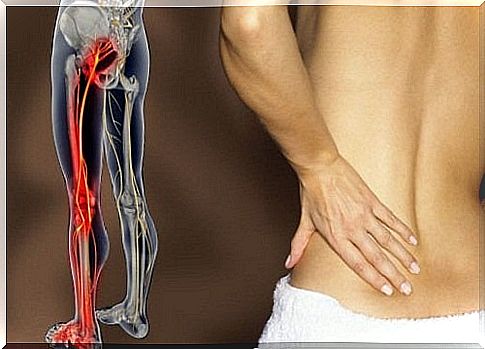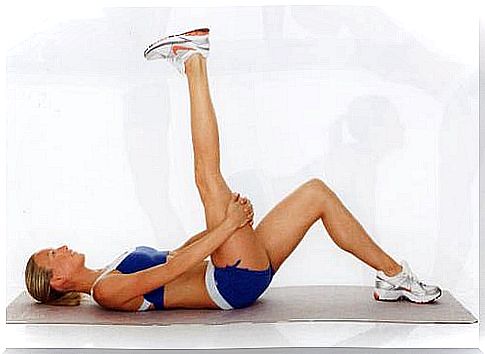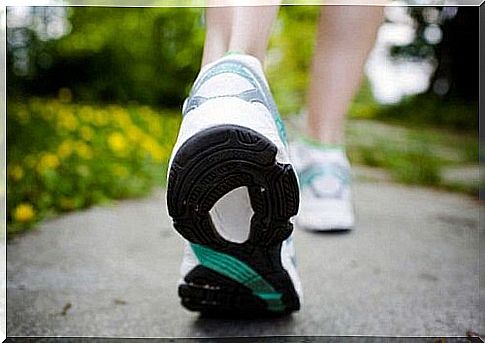Exercises For Sciatica: How To Relieve Pain

The sciatic nerve runs from the lower back to the leg. Sciatica is nothing but the intense pain of this nerve. Pain occurs when the sciatic nerve is pinched or irritated by the vertebrae. The right exercise for sciatica can significantly ease the pain.
Although sciatica is not considered a disease, it is a clear symptom of a medical condition such as a disc (disc) hernia or spinal stenosis. The pain in the sciatic nerve is severe and makes it impossible to carry out everyday activities freely. Pain may last up to 8 weeks.
It is worth noting, however, that if we take care of ourselves at this time and perform appropriate exercises for sciatica , we can significantly alleviate the pain or eliminate it completely.
The best exercises for sciatica
The best form of sciatic nerve pain relief is undoubtedly regular sciatica exercise, which gradually relaxes and strengthens the affected area.
While a little rest from exercise (a day or two) may temporarily ease the pain, too long inactivity leads to a significant exacerbation of symptoms.

For this reason, due attention should be paid to regular exercise to strengthen the back and spine. Additionally, it is also recommended to visit a physiotherapist. Below are some tried and tested exercises for sciatica that will ease the pain of the sciatic nerve.
Muscle strengthening
Strengthening the abdominal and back muscles improves the condition of the sciatic nerve. It is important, however, to stretch gently and carefully, without forcing the sore nerve. The results are really surprising.
Exercises depending on the diagnosis
After you see a specialist, you will be given an exercise plan that best matches the cause of the sciatic nerve pain you are experiencing. Recommended training varies depending on whether you have lumbar discopathy or spinal stenosis.
Getting a professional diagnosis for sciatica plays a key role as improper exercise can make your pain worse.
Stretching

Stretching exercises are effective in relieving the pain associated with sciatica, regardless of its cause. The best way to do this is to stretch the three body parts, i.e. the pear-shaped muscle, the lower back, and the hamstring.
Relief of sciatica symptoms
As we mentioned earlier, it is recommended to adjust the exercises according to the cause of the sciatic nerve pain. The recommended exercises for sciatica as a result of a spinal hernia are:
- Stretching exercises
- Bends that stretch the muscles of the back
- Exercises to stretch the muscles of the upper back
- Crunches to strengthen the abdominal muscles
For sciatica due to a narrowing of the spinal canal, the most appropriate exercises are:
- Bends
- “March” in the supine position
- Crunches
On the other hand, people who suffer from sciatica as a result of vertebral degeneration should practice:
- “March” in the supine position
- Pelvic lift (sternum)
Low-intensity aerobic training

In addition to specific exercises to relieve sciatic nerve pain depending on its cause, you should also incorporate low-intensity aerobic training into your daily routine.
This type of training also helps to relieve pain and has a positive effect on overall health. One of the best exercises for strengthening your lower back is walking.
30 minutes of vigorous walking each day is enough – the benefits delivered are synonymous with aerobics sessions.
As the condition of the sciatic nerve improves, you can also gradually increase your activity, extending it to cycling, jogging or very intense walking.
Final remarks
- It is important to pay attention to the correct exercise of the exercises, otherwise the exercises for sciatica may be ineffective and may even exacerbate the pain sensation.
- In general, it is recommended to learn individual exercises under the supervision of a professional, such as a physiotherapist or chiropractor.
- Maintain proper body posture while walking and sitting.
- Try not to supply your body with too many calories, as excess calories can make the pain worse.








